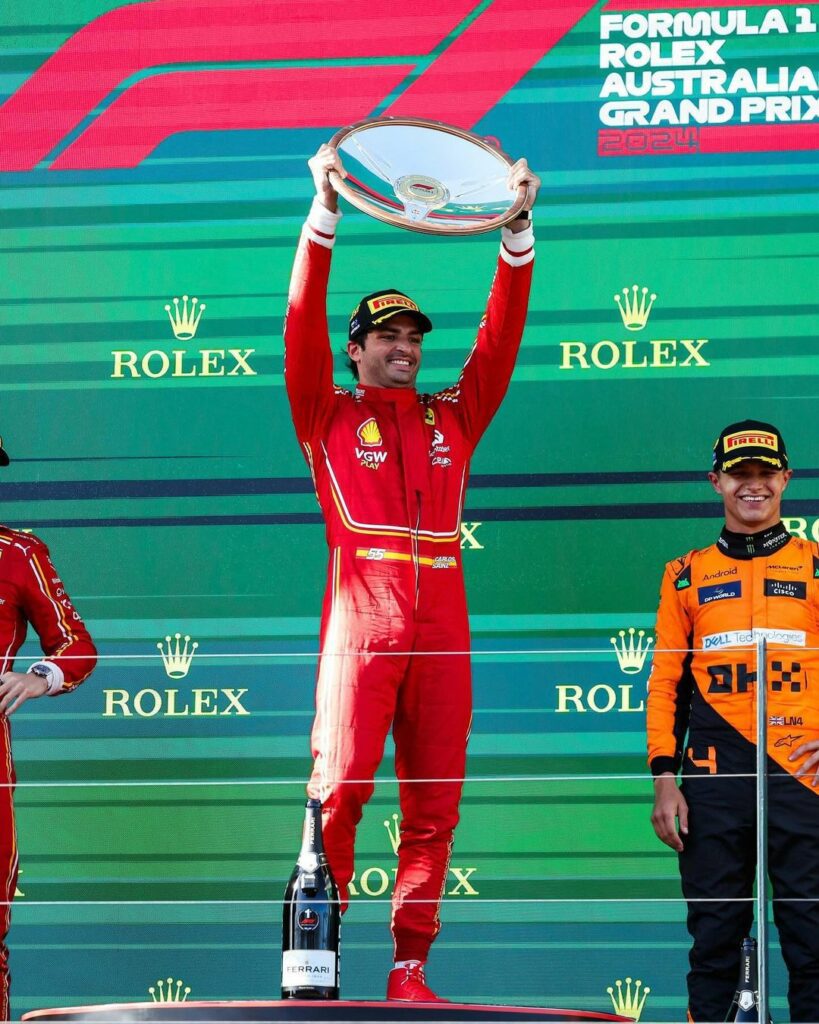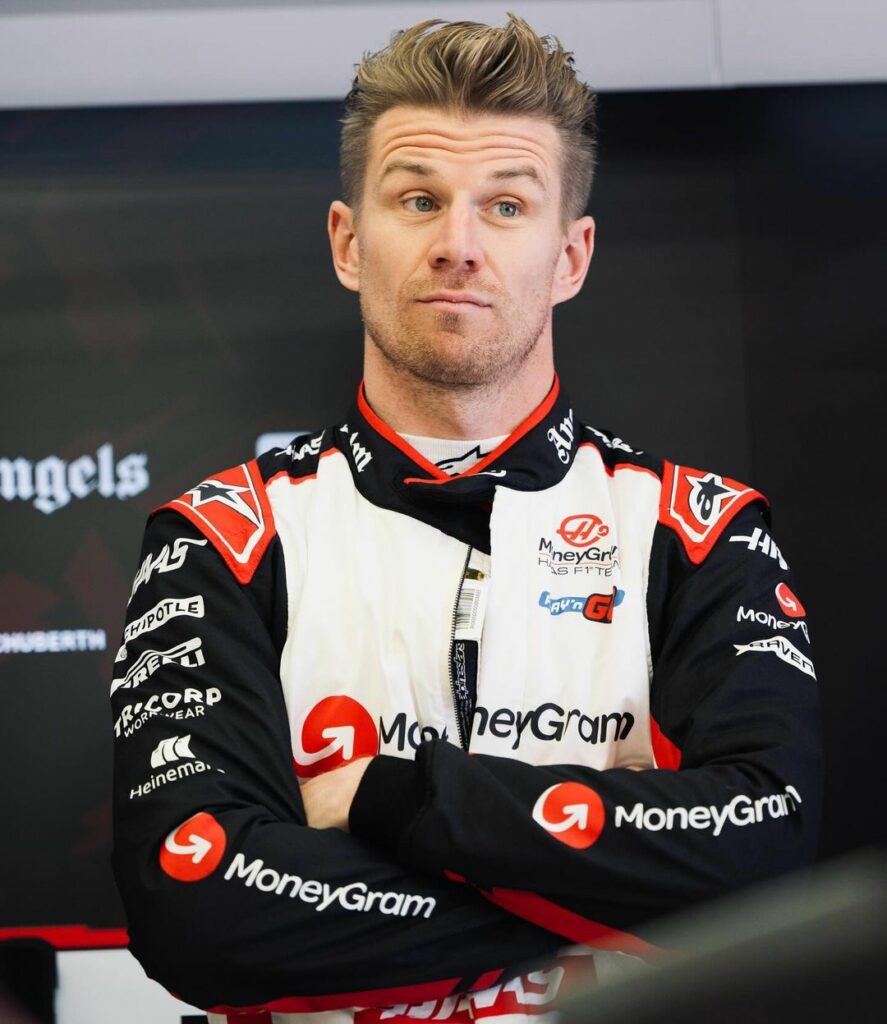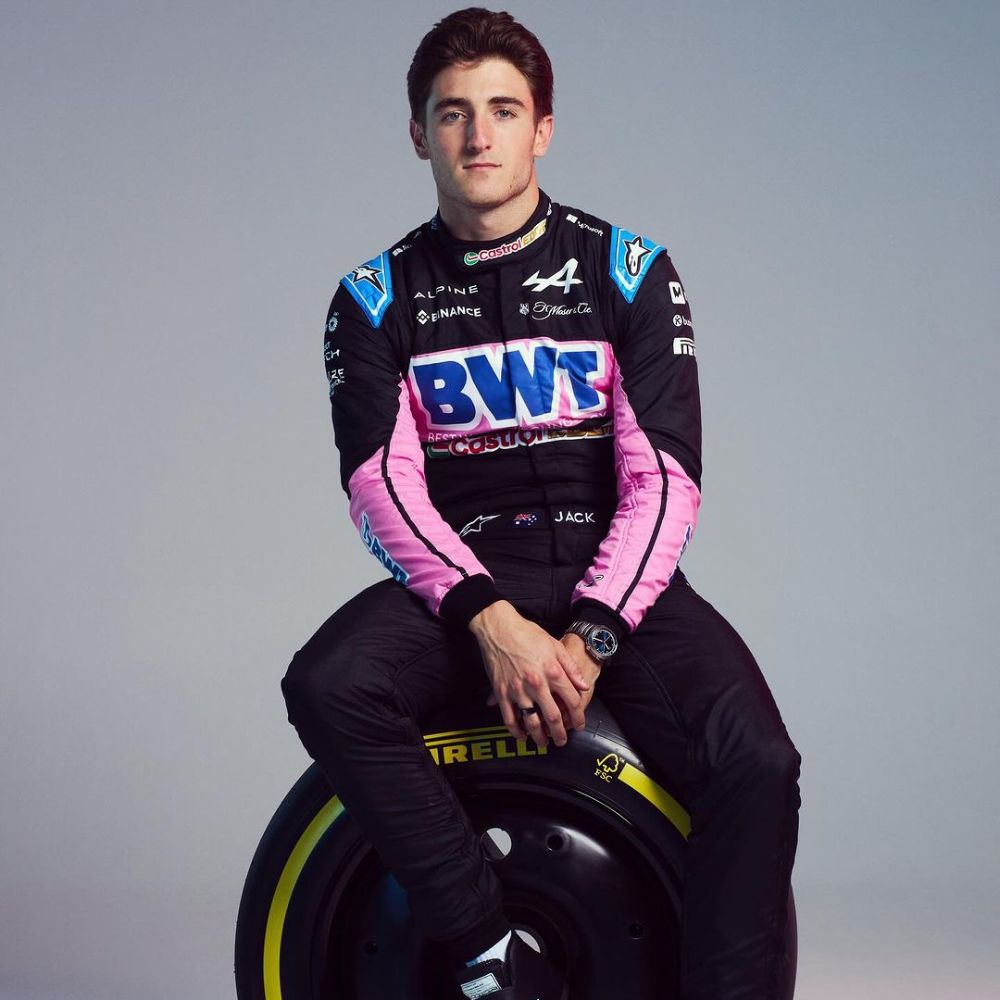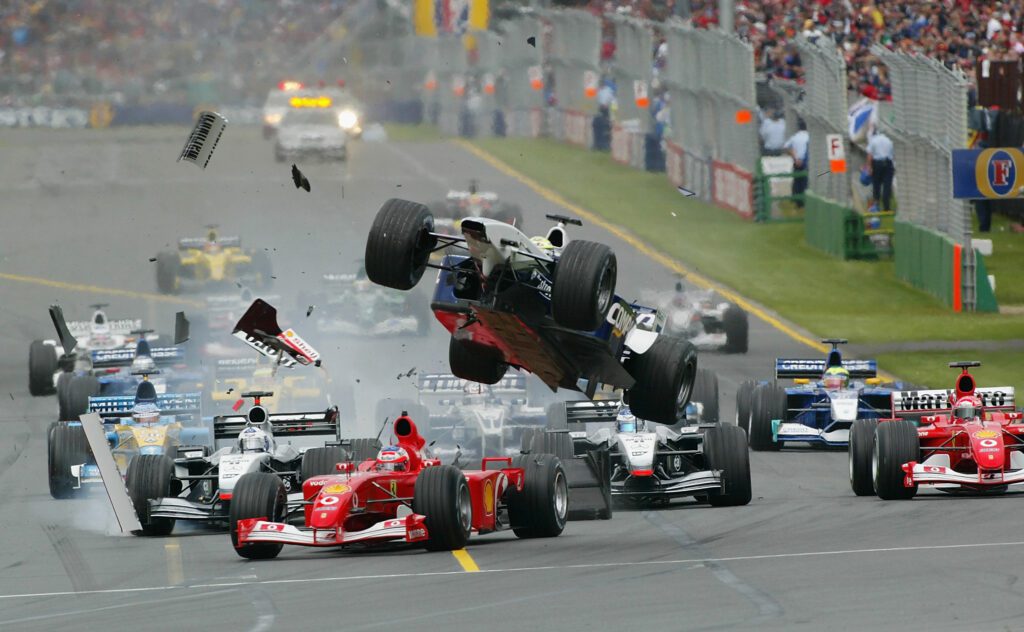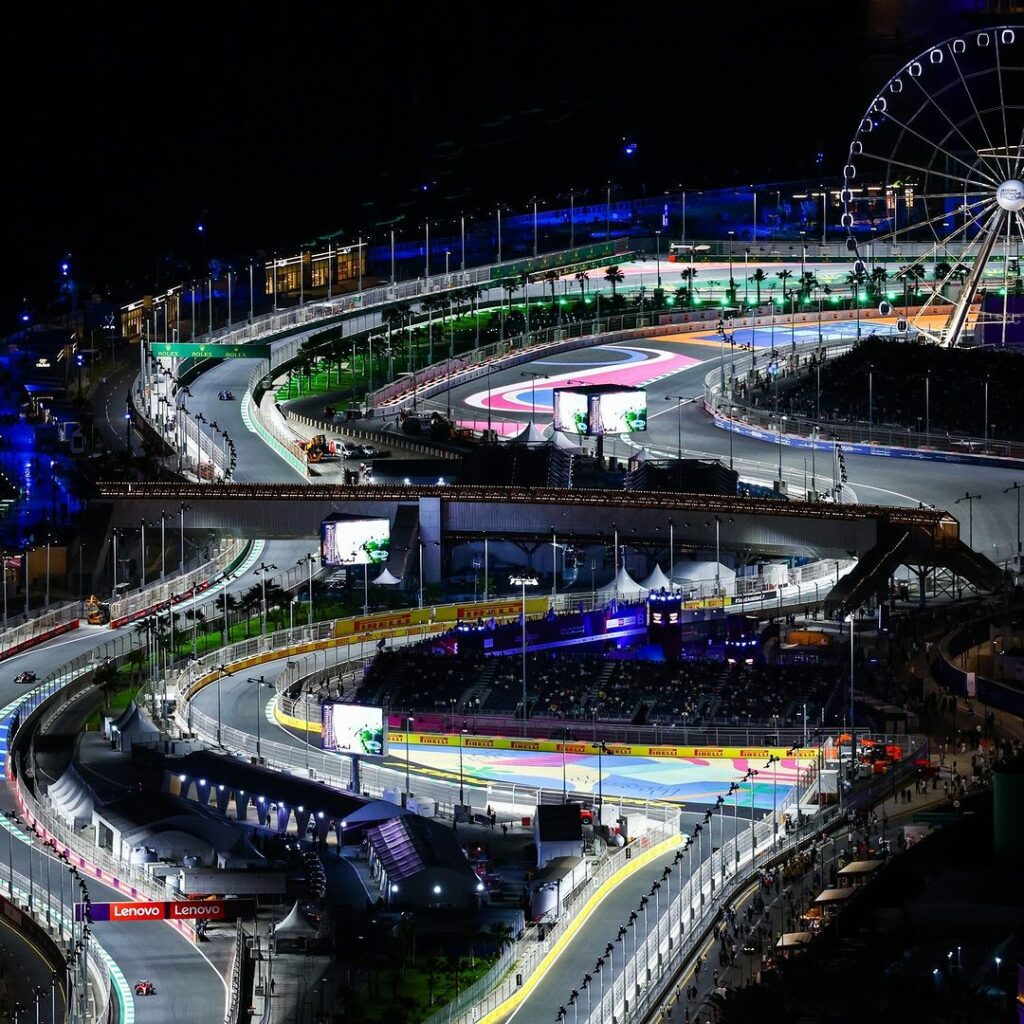RED BULL TOP GUN Max Verstappen has stormed to his best-ever season start in Formula 1, setting him up for a fourth-straight crown, following his second-straight win and milestone 100th podium at the Saudi Arabian Grand Prix.
The Dutch star was in control from the outset, despite an early race safety car, while Verstappen’s teammate Sergio Pérez staked his claim on a new Red Bull contract with a strong run to second place, and the team’s second-straight one-two result—despite a five-second time penalty for an unsafe release on his lap seven stop.
Ferrari again closed out the podium, with Charles Leclerc in third, though the team’s reserve driver Oliver Bearman stole the Monégasque’s spotlight with a hero’s drive from 11th on the grid to seventh place at limited notice, after Carlos Sainz was hospitalised with appendicitis ahead of final practice. The 18-year-old is now the third-youngest driver to score points and could race at the next event in Australia with Sainz needing time to recover.

Getty Images.
How the race was won
Anything can happen at the Saudi Arabian race, with the safety car featuring at all four events on F1’s fastest street circuit in Jeddah, but 2024’s arrival didn’t shuffle things enough to affect Verstappen’s run. The Dutch superstar pitted on lap seven as one of 14 cars to respond to the safety car’s emergence, but he was able to pass the then-new leader, McLaren’s Lando Norris, who had stayed out, within three laps of the restart.
“It was great to get my 100th podium today and it was another great race for us this weekend,” Verstappen said. “I’m very happy to win here in Jeddah: it’s been a great start to the year and we still don’t know the full potential of the car yet so now we want to keep the momentum going.”
Ferrari were naturally thrilled for Bearman to show his true colours, with the Brit the fourth consecutive driver to score points when making his Grand Prix debut for the Scuderia, following Ignazio Giunti and Clay Regazzoni in 1970, and Arturo Merzario in 1972.
“If nothing else, this weekend has taught us that, if the need arises again, we have a reserve driver who is very much up to the task,” said the Prancing Horse’s team boss Frédéric Vasseur.

Debutant Oliver Bearman I Getty.
Talking points for the gym
>Will Sainz return to race for Ferrari in Australia? The Spaniard went under the knife on Friday in Jeddah and returned to the red team’s F1 garage to watch the race less than 24 hours later. But, being fit and ready to race a Grand Prix car across the world two weeks later is a big ask. “He will have a good rest this week and we will see,” said Vasseur. “I don’t want to rush it. He is an adult and will take the right decision.” The last time that an F1 driver was forced to withdraw from a race weekend due to appendicitis was Williams’ Alex Albon at the Italian Grand Prix in 2022 and he was back at the next race in Singapore.
>Can Australia’s Oscar Piastri get on the podium at Albert Park? The Melbourne-born driver returned fire to his highly rated McLaren teammate Lando Norris at the last race in Saudi Arabia, outqualifying the rapid and more experienced Brit and finished fourth, four places ahead of him (after Norris stayed out, gambling on more carnage). “P4! I think that’s definitely the most we could have got out of that race, and we executed it well,” said Piastri post-race. “It was a bit frustrating being stuck behind Lewis Hamilton for so long, but I think that was the most amount of points we could have got this weekend.” Should this year’s Australian Grand Prix be as chaotic as the last, a podium at home isn’t out of the question.
>Can Alpine get any worse? The brain drain continued at Enstone ahead of the season-opening Bahrain Grand Prix, with the sad resignations of Matt Harman, technical director, and Dirk de Beer, head of aerodynamics. The squad has now spent the last two races at or near the back, while Pierre Gasly retired just after the start in Saudi Arabia with a gearbox issue. Team boss Bruno Famin installed a trio of (chassis-focused) technical directors following Bahrain to sort out the issues. But it’s going to take time and effort for the changes to take effect. “We will keep our heads high and keep working to find [that] performance,” said an effervescent Esteban Ocon. “I am in Enstone this week and I’m looking forward to seeing everybody there and collectively working hard to improve our current situation. Australia is our next opportunity and I look forward to it.”
From the expert
Tom Clark, Physio for Alpine F1 Driver Esteban Ocon
Men’s Health: How tough is Saudi Arabia physically?
Clarke’s rating: 8.5/10
Tom Clark: “Saudi Arabia is one of the tough ones, because the grip is so high that there is very little degradation in the tyres. So Esteban [Ocon] and many of the other drivers push close to flat-out from lap one. That makes for a big difference and a hard race, as was the case in Qatar last year, when you have high heat combined with pushing. What makes it harder still is if you’re battling [with others]. Also street races bring with them an element of fatigue as well, given that they’re so close to the walls. Everything comes at a higher price if you make mistakes.”
MH: How will the drivers prepare for Australia?
TC: “So we’ll fly back from Saudi Arabia to Europe, and that’ll be the first time we’ve come back in three or so weeks. But as soon we get home, we’re already starting to look towards Australia. The first thing we’re going to start trying to do about five days from our flight is start adjusting our sleep cycles, so that we’re closely mimicking Australia and get moving an hour each day in that direction.
We’re going to do a few other small things as well, like manage when we see and don’t see light because Australia provides the biggest challenge that we have in terms of jetlag. You can have jetlag symptoms for more than five days if you don’t manage it properly and we know that poor mental and physical performance, lapses in concentration all come in the presence of jetlag. So it’s important that when the driver sits in the car for practice there is no jetlag. We’ll also fly slightly earlier than we would for a normal race, typically the Saturday or Sunday before the race in the prior week and this gives us more time to acclimatise.”
Related:








